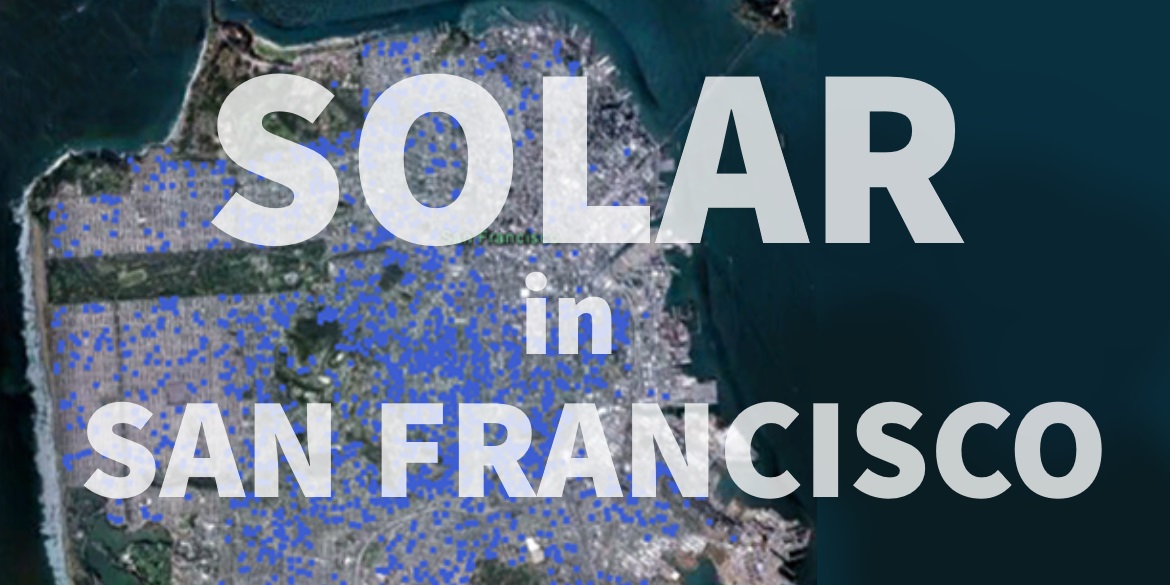As the California Solar Initiative General Market program—the largest PV incentive program in the U.S.—winds down, an interesting solar landscape is emerging in California. A number of incentive programs large and small continue to support solar adoption in the state, and the need for reliable data on distributed PV is increasing with the number of interconnected systems.
The CSI is in the process of winding down after successfully distributing the majority of its allocated funding. When the program began in 2007, the average cost of a residential PV system (<10 kW in size) was nearly $11 per watt CEC-AC1. As of today, that cost has dropped to less than $6 per watt CEC-AC2, and incentives worth $1.9 billion3 have been distributed across more than 190,000 solar projects2.

Those projects total more than 1,900 MW of capacity2. That’s just shy of the CSI program goal of installing 1,940 MW of solar by the end of 2016, which makes it likely they will reach the goal two years early. To put it into perspective, in eight years, the nameplate capacity of solar onboarded by the CSI program is nearly that of the state’s largest nuclear generating facility, Diablo Canyon4. The CSI program has had a measurable impact on the state; however, a few important challenges have emerged as the program ends.
The CSI incentive application process has been handled online using PowerClerk®, which vastly expedited application processing times and made accessible comprehensive data on every PV system for which a CSI application was submitted. The program data, some of which is made available to the public via the CSI website, has been useful in a variety of ways. For example, the market research departments of regulators, utilities and industry participants have depended on the data for planning and marketing.
As the CSI program winds down, the industry is adapting to the new landscape. One example is the GoSolarSF program offered by the San Francisco Public Utilities Commission. In the past, the GoSolarSF program’s incentive application had been designed to supplement a CSI incentive application processed in PowerClerk. All applicants had to do was submit a copy of their CSI application to GoSolarSF administrators to receive a GoSolarSF incentive on top of their CSI incentive.
When CSI incentives became exhausted in Pacific Gas and Electric Company’s territory earlier this year, it meant that GoSolarSF would no longer have a streamlined method of obtaining data from applicants. The GoSolarSF team engaged Black & Veatch to determine how to best process applications. Having previously performed a highly successful PowerClerk implementation for the Los Angeles Department of Water and Power (LADWP), Black & Veatch recommended going with PowerClerk to streamline the incentive process and provide comprehensive data access for administrators.

GoSolarSF launched PowerClerk less than a month ago, and joins a community of PowerClerk users in California that includes: LADWP, Sacramento Municipal Utility District, Anaheim Public Utilities, Burbank Water and Power, City of Palo Alto Utilities, Imperial Irrigation District, and Pasadena Water & Power.
The GoSolarSF team wasn’t the only beneficiary of the availability of reliable data from the CSI program. The CPUC recently published an order that proposes to have “…the utilities’ Net Energy Metering interconnection applications be updated to include additional data fields from the CSI application form.”
The text of the order illustrates the need for a reliable data stream for any program that onboards distributed PV, regardless of whether incentives are being distributed. To that end, Clean Power Research, supported by a cooperative agreement from the U.S. Department of Energy SunShot Initiative, is actively commercializing the next PowerClerk platform to streamline interconnection. PowerClerk Interconnect will reduce soft costs and provide program administrators and regulators the comprehensive view onto program data they need to plan for the next generation of distributed solar in the U.S.
Although a major incentive program is retiring, solar uptake in California continues to progress. As the levels of distributed PV grow, the need for a system of record to capture data and make the process smooth and orderly is as important as ever.
1http://www.californiasolarstatistics.ca.gov/reports/quarterly_cost_per_watt/. Residential systems only.
2http://www.californiasolarstatistics.ca.gov/. As of 12/11/2013. Much of the data on this site is sourced from PowerClerk.
3http://www.californiasolarstatistics.ca.gov/current_data_files/. Distributed incentives calculated by filtering on Completed, PBI – In Payment, and Payment Pending statuses, and summing Incentive Amounts. Data was exported on 12/9/13.
4http://www.energyalmanac.ca.gov/powerplants/
